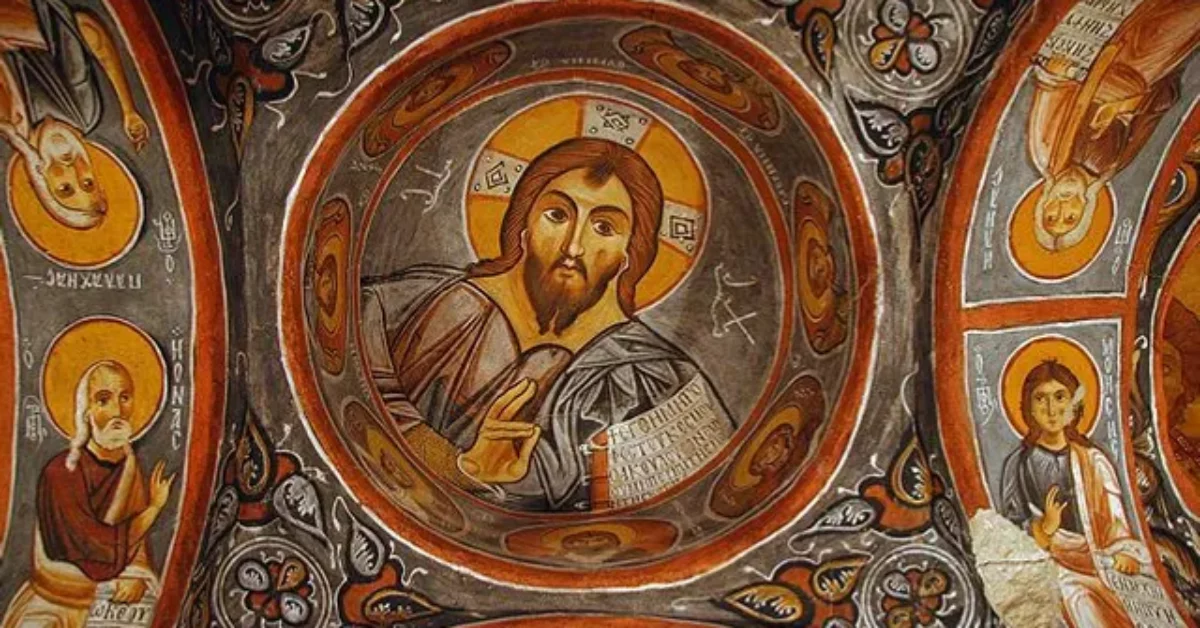Formational Reading of Scripture: The Visualization Bible Study Method
The third and final Bible study method often used in the catechumenate is the Visualization Method. While all three methods provide creative ways of listening to the text, this method may be the most creative. While the opportunity for textual reflection is like the other two methods, in Visualization the individual is usually positioned in a group. The group constructs together some visual or aural representation of the text. This could include a retelling of the text, whether literal or dramatic, or production of the text in some media such as art, music, hymn, cartoon, poem, etc…. As Go Make Disciples indicates, “The point of visualizing a passage is to help members of a group see the word of God as it is: lively, active, and speaking to their lives here and now. They might find themselves in a character of the story or in several characters. They might picture truths about their own lives that are illuminated by the acting out of the story” (141-2). Personally, I find this method the most fun and engaging. It exercises my creative side and often does so for catechumens as well. While like the other methods it can be used at any stage of the catechumenate, we believe that it works best when there is some knowledge and awareness of the Scriptures and a sense of community is taking shape in the catechumenal cohort. For that reason, it functions particularly well in the stages of Enlightenment and Mystagogy. Here is how one might utilize it:
Visualizing the Text
- The biblical text is the Gospel reading for the “current” Sunday (that is, if the group gathers on Sunday, they will use the text from that day). The same reading is used throughout the week, Monday through Saturday, on whatever day the group meets.
- The Gospel text is read two times.
- First reading and reflection.
- The catechist gives the first prompt, “Listen for a word, phrase, or image that captures your attention,” pauses for a brief time of silence, and then reads the text slowly.
- Second reading and reflection.
- The catechist gives the second prompt, “Reflect again on that word, phrase, or image that captures your attention in light of the entire passage, thinking about how they might take shape in some visual or aural representation,” followed by silence, before the text is read slowly a second time by someone else at the table.
- Pairs or small groups (no more than 4) of individuals form into teams as directed by the catechist.
- Each team collaborates creatively to visualize the story in some way. They may choose to
- Act it out
- In a very literal way; or
- By setting it in a new context
- Draw it out, using
- A cartoon format or
- Artistic rendering
- Write a song. Could be a simple, memorable refrain, or a metered hymn employing imagery conveying the text. Perhaps …
- To the tune of a familiar hymn or
- To the tune of a secular, popular song
- Write a poem or haiku.
- Act it out
- Once the groups have completed their visualization each in turn conveys the piece to the entire group in a manner appropriate to the genre they chose: acting it out; discussing the drawing; singing it; reading it.
Admittedly this method can be challenging to those who want to maintain control of the catechetical message. It is the most subjective of the methods. But it is still tied to the biblical text. And the catechist can frame the reflections in the context of the essential building blocks of Christian catechesis. As Go Make Disciples indicates, “Because making disciples is about recognizing the call to faith and life in Christ, leaders can help groups find where the cross shows up in the story, either in fact or by asking what the story has to do with the death and resurrection of Jesus” (142). It is precisely in the artistic production that the catechumens discover their lives as intimately bound to God’s living and personal Word—Christ Jesus. In that encounter they hear God calling them “to baptism and discipleship” and to responding “affirmatively in faith” (142). Visualizing the text: A way for catechumens to live in the Word.
